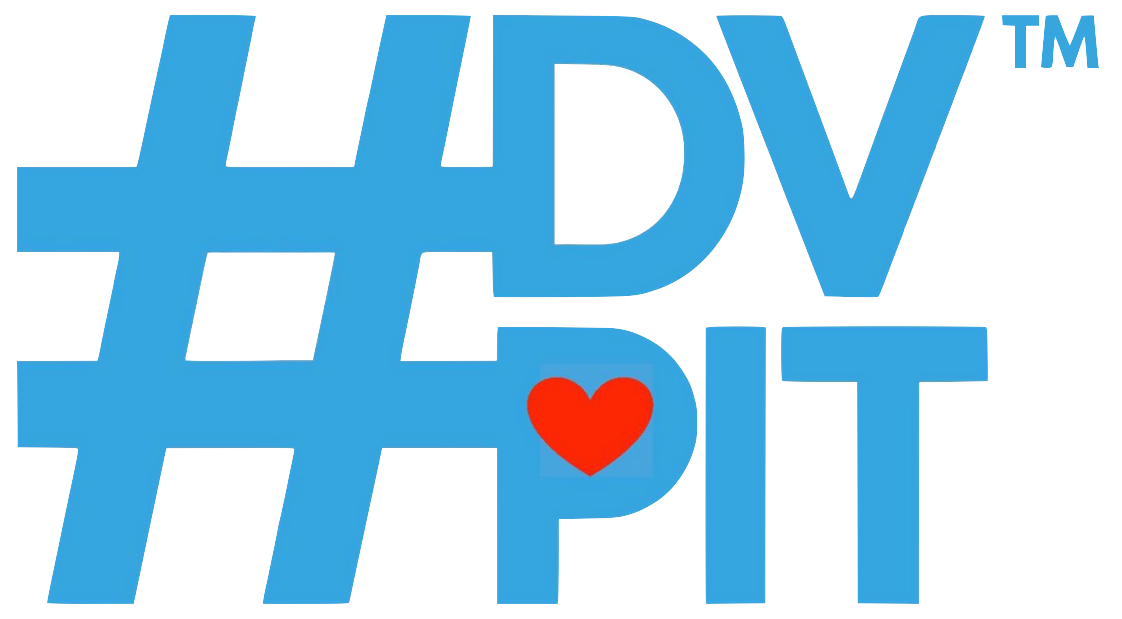Originally posted: February 22, 2018
Paige and Amy, thanks so much for agreeing to this interview and congratulations on your partnership! To start, Paige, I’d love to know more about your book and why you wrote it.
AMY: Thank you for connecting us in the first place, Beth, and for the amazing work that #DVpit does every year—I’m so happy to be a part of it.
PAIGE: Thank you, Beth! Thank you for contacting us and of course, for all the work you do—it means so much to all of us.
DEAD GIRL DYING is a revenge ghost story about girls who rise from the dead to catch a girl killer in Boston. It follows seventeen-year-old River, who remembers nothing but her murder, and her best friend Ji Soo, a talented dead girl who acts as an all-seeing eye over Boston. It’s Frankenstein if the monster were a teen girl and Victor Frankenstein her killer.
I wrote a good chunk of this manuscript about two years ago—I was nineteen at the time—and put it aside. It was born out of a tough time in my life. I was dealing with a lot: I moved to another city I didn’t understand for college, lived in an apartment and paid my own bills (or didn’t pay them at all), and was trapped in a severe depression cycle. At the same time, I was dealing with a lot of anger born out of my earlier teen years. Whether it was anger for the adults in my life (or weren’t in my life), where and how I was born, my identity, and so on, I had a lot of unchecked anger I took out on myself.
The original idea, stripped to its bones, followed a dead teen girl who wanted nothing more than to be actually dead, not somewhere in between. So, even if I didn’t want to admit it, that teen girl was me. The only difference was, in the manuscript, a “true” death was impossible, so she instead focuses that energy on finding her killer.
Needless to say, I dropped the project, but I picked it back up my last year of college. I took everything I learned about myself and poured her into it. So DEAD GIRL DYING is my ode to teen girls.
Amy, what was it about this manuscript that sealed the deal for you?
AMY: That first line: “I’m as dead as most girls are, anger in my nature like there is marrow in my bones, hidden thick and dark and red” got me immediately. And then from there: Paige’s writing is incredibly lovely and thoughtful—full of nuance and girl power and creep. I found wonderful new moments with every read and it was impossible for me to not fall head over heels for these angry dead girls who are so smart and so powerful in their own right.
Paige, how did you prepare this manuscript for submission? Do you work with outlines, schedules, or deadlines? Do you have critique partners and beta readers?
PAIGE: After I picked the manuscript back up, I rewrote everything but the first line: “I’m as dead as most girls are, anger in my nature like there is marrow in my bones, hidden thick and dark and red.” I just couldn’t bring myself to get rid of it! I was like, “I wrote this as a teen girl, it’s how I felt, I have to keep it.” So I did.
I’m used to writing with meticulous outlines, but for this manuscript, I didn’t have one. I thought about it so much I just knew where I wanted to go with it. It took about four months. I spent so much time writing it on Harvard’s campus the people there knew me by name even though I wasn’t a student. When I was done, I sent it along to two classmates (who are also some of my best friends) and they gave me some notes and the OK.
And how was the #DVpit experience for you, overall? Expectations? Doubts? Disappointments?
PAIGE: I was about a month and a half into querying when I entered DVpit. I had more luck with fulls than I did for my first project—so I knew I was at least doing something right—but I had a lot of trouble trying to find someone I thought would be interested in the story itself. I got a lot of people who said they loved the writing and would like to see something else, but the story wasn’t for them. DVpit was perfect because you’re getting a number of people to see your pitch at the same time.
In my pitch I could also say I wrote it because I’m queer, or because I’m the daughter of an undocumented immigrant. I’d participated in PitMad before and I felt like my pitch was lost in the shuffle. I hoped someone would see my identity and how important it was in my pitch, too, and someone did.
The experience was super validating for me. It was really nice to see the “hearts” climb or responses/retweets from non-agents after getting rejections for a month. I spent all day writing up emails for agents who requested material; many of them requested more material right away. I remember telling one of my best friends that even if nothing comes out of it, it was a great experience, because I felt like my work was wanted by at least one other person.
How was the experience for you, Amy?
AMY: #DVpit was a fantastic experience! It was my first time participating and I had such a thrill scrolling through and reading all the excellent pitches out there.
Paige, did you receive pitch help or tips? Any words of wisdom you’d like to pass along to future participants?
PAIGE: Yes! After I wrote my twitter pitch, I had one of my peers who saw my manuscript look over it/tweak it a bit. Not that there’s much to edit, but it’s always good to have an extra pair of eyes.
In my case, I wanted to write the pitch as short as possible. I think as writers we tend to want to cram as much as we can into a pitch, because it’s our baby and we want someone to see THE WHOLE BABY first. But this time I was like, “Well, I can give them a little bit of a super interesting looking baby, and maybe they’ll want to see the rest of it?”
And Amy, do you have any advice for querying authors and/or for anyone planning to participate in a future #DVpit?
AMY: For authors querying generally: do your homework! Check out the agency’s submission guidelines and what the agent is interested in, and query accordingly. It sounds simple, but it goes a long way. And for future #DVpit-ers, make sure your manuscript is polished and ready to go before pitching—use that momentum!
Tell us about The Call, Paige!
PAIGE: Oh, when Amy sent me an email asking to set up a call, I was like, “You have to be kidding me.” (In a good way.) I sent a screenshot to one of my best friends and said, “IS THIS REALLY HAPPENING RIGHT NOW???” (with more expletives) and she responded immediately and said, “IS THIS REALLY HAPPENING RIGHT NOW???” (with many more expletives.)
I can’t remember much about the call now because I was SO nervous. I took it outside my local library and was pacing back and forth in the cold. I could see patrons looking at me like, “what is happening? Is she ok?” but it really was wonderful. I could tell Amy really loved the manuscript, understood why I wrote it, and was willing to work on making it even stronger.
Give us the pitch that hooked your agent!
PAIGE: “Alt. Boston where murdered girls wake from the dead to catch a girl killer. But one girl wants to find him first. #DVpit #YA #LGBT #IMM #OWN”
Amy, what was it about this pitch that caught your attention?
AMY: The action and agency in the pitch caught my attention immediately—there are murdered girls, but they’re on the hunt, they’re not passive. And I think Paige’s pitch also gave me a glimmer of her craft; using “girl killer” instead of “murderer,” for example.
What else are you looking for these days? Is there anything specific on your wishlist that you’re hoping to find, maybe at the next #DVpit?
AMY: I would love some more diverse adult fantasy, set in a non-Western world; some good women’s fiction/book club fiction, and mystery. My interests are frequently updated on our agency’s website and MSWL.
Warm congratulations to Paige and Amy for finding each other! I’m looking forward to seeing where they go next. Follow them on Twitter so you can do the same!
Paige Cober (@paigemco) was born and raised in New York, just outside of the Bronx, between a train station, a prison, and a cemetery. She received a BFA in Writing, Literature, and Publishing from Emerson College in 2017, with a concentration in nonfiction. In both fiction and nonfiction, she writes about women and the immigrant experience.
Amy Elizabeth Bishop (@amylizbishop) joined Dystel, Goderich & Bourret in 2015 after interning for them in 2014. In addition to her own client list at DG&B, Amy assists Jane Dystel and oversees the office and the interns. She reads widely, but her main interests at this time include upmarket women’s fiction, fiction from diverse authors, voice-driven historical fiction from different perspectives, and stories with a Victorian Gothic flair. In terms of nonfiction, she’s eagerly on the hunt for narrative nonfiction that addresses issues of politics, social justice, feminism or targets a millennial audience. She also loves historical narrative nonfiction that dives into untold stories.


